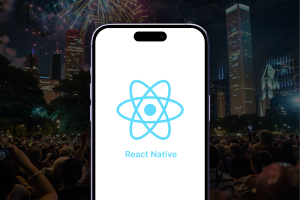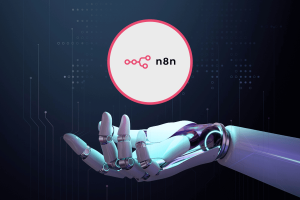Insights for Growing Tech Teams
Equip yourself with latest industry trends, thought leadership, technical resources, and insightful data.

Hire Remote Developers Who Don’t Disappear: Building Partnerships That Last

Staff Augmentation vs. Dedicated Hiring: Which Developer Model Works Best for SMBs?

The Trust Equation: How to Ensure Quality and Reliability When Hiring Developers On-Demand

How Businesses Can Hire the Right Developers for Their Tech Stack (Without Wasting Time or Money)

The SMB Hiring Playbook: How Remote and On-Demand Developers Scale Teams Without Expanding Payroll

How to Seamlessly Integrate Remote and On-Demand Developers Into Your In-House Teams

Hire App Developers Near Me vs Outsourced Teams: Which is Better for Creating Regionally Relevant UX?
Success Stories That Inspire
See how our team takes complex business challenges and turns them into powerful, scalable digital solutions. From custom software and web applications to automation, integrations, and cloud-ready systems, each project reflects our commitment to innovation, performance, and long-term value.
Hear It Straight from Our Global Clients
Our development processes delivers dynamic solutions to tackle business challenges, optimize costs, and drive digital transformation. Expert-backed solutions enhance client retention and online presence, with proven success stories highlighting real-world problem-solving through innovative applications. Our esteemed Worldwide clients just experienced it.
“I developed subscribe app with WeblineGlobal and if I had to tell you in one word how it is to work with WeblineGlobal I would just say it is amazing. If you would like to offshore your computer code development operations i’ll undoubtedly assume this can be the simplest company to travel with and if you would like to own a WOW
experience you have to go with WeblineGlobal.”

WG , SPAIN
“WeblineGlobal team is professionally smart and communication is apt. I feel WoW. They very exile in providing nicely reliable and skilled outsourcing expertise. The efforts they make to satisfy the customer and the quality of work is commendable. They don’t hesitate when I ask them to connect. Thank you.”

WLI , ITALY
“The first thing I would like to highlight is that WeblineGlobal have the best team ever which creates close relationships with the clients like me. They’re very reliable and trustworthy and extremely skilled mobile developers. I am going to keep working with them hopefully for all my future projects.”

WG , USA
















